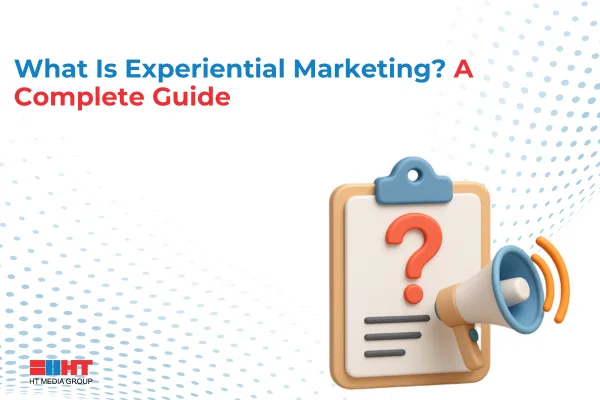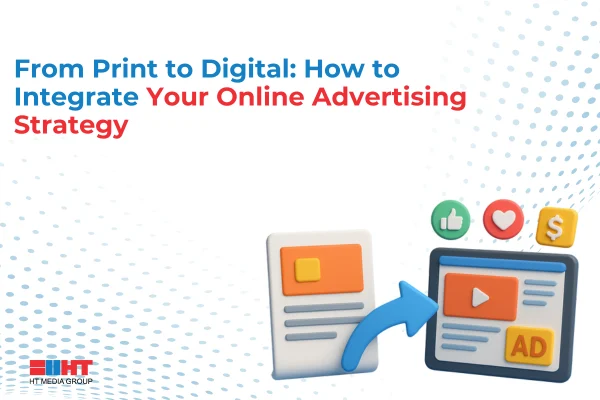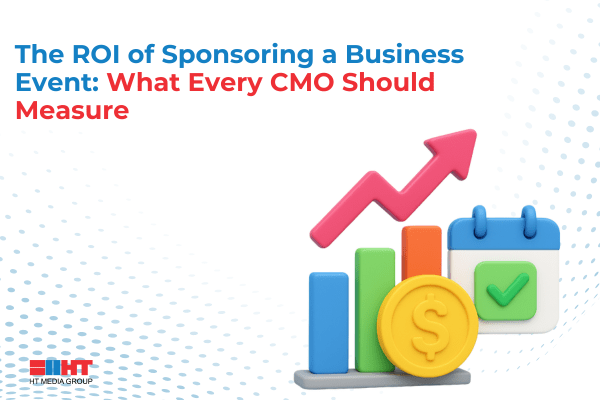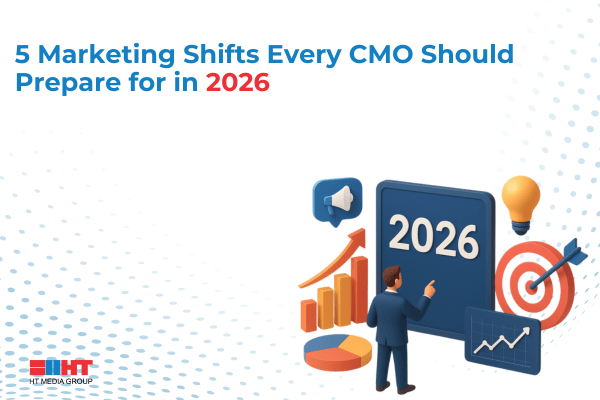Crafting a robust Go to Market (GTM) strategy is one of the most critical steps for ensuring business success in 2025 and beyond. A well structured Go to Market (GTM) strategy not only helps you launch products or services effectively but also ensures that you reach the right audience, with the right message, through the right channels. Without a clear Go to Market (GTM) strategy, even the most innovative products can struggle to gain traction in a competitive market.
To make your Go to Market (GTM) strategy truly effective, it’s important to follow a systematic approach. This involves researching your target market, understanding customer pain points, defining your value proposition, and identifying the most effective marketing and sales channels. Every step you take should be aligned with your overall Go to Market (GTM) strategy so that your efforts remain consistent and impactful.
An effective Go to Market (GTM) strategy also relies on adaptability. Markets evolve quickly, and consumer preferences can shift overnight. That’s why it’s crucial to measure the performance of your Go to Market (GTM) strategy regularly, gather real time insights, and make necessary adjustments. By integrating customer feedback into your Go to Market (GTM) strategy, you can refine your messaging, improve your offerings, and maintain a competitive edge.
Know More About GTM Marketing
- 5 Growth Marketing Strategies for 2025
- Top Marketing Strategies & Trends to Watch out for in 2025
- 4 Essential Insights to Supercharge Your Brand Marketing Strategy
- The Ultimate Guide for Creating a Successful Event Marketing Strategy
Latest Trends and Advanced Procedures
Successful marketers need to stay updated on current trends and methods for success. Artificial intelligence (AI) and machine learning (ML) play a crucial role in enabling marketers to gain deeper insights from data for personalized targeting and predictive analytics. Omnichannel marketing is essential for brands to engage seamlessly with customers across multiple platforms. Additionally, technologies such as augmented reality (AR) and virtual reality (VR) provide innovative ways to involve customers in immersive experiences. By adopting these trends, businesses can differentiate themselves and establish stronger relationships with customers.
Step 1: Define Your Target Market
Target MarketUnderstanding your target market is crucial in 2025 for businesses. It’s all about knowing who your customers are and what they want. Today, market segmentation and targeting have become more sophisticated, thanks to advanced tools and technologies.
Research Thoroughly: Use tools and platforms to gather data on what your customers like and dislike. Social media can be a goldmine for insights.
Create Buyer Personas: Build detailed profiles of your ideal customers, including their age, interests, and what motivates them to buy.
Learn from Competitors: See what your competitors are doing and learn from their successes and failures.
Test and Learn: Keep experimenting and refining your customer profiles based on what works best.
Stay Flexible: Be ready to adapt to changes in the market and update your strategies accordingly.
Step 2: Conduct Market Research
Market research helps shape your GTM plan. It helps you understand your customers better and find ways to reach them. Use what you learn to make your products and pricing better, and to find new places to sell. Keep checking the market so you can keep improving your GTM plan.
To sum up, good market research in 2025 means using tech to gather and understand data, and working with different teams to make smart decisions for your GTM strategy. Keep learning and adapting to stay ahead in the market. Using Market Research to Inform Your GTM Strategy
Market research is key to shaping your Go To Market (GTM) strategy effectively. Here’s how to do it:
- Know Your Audience: Effective market research is the foundation for identifying your target market segments based on demographics, behavior, and purchasing patterns. The more detailed your research, the better you can understand who your customers are and what they need.
- Refine Your Message: Leverage insights gained from market research to craft tailored messaging that truly resonates with your audience. Focus on highlighting features and benefits that your research shows are most important to them.
- Choose the Right Channels: Use market research to determine the most effective channels for reaching your audience. Whether it’s social media platforms, email marketing, or traditional advertising, align your choices with the habits and preferences revealed by your research.
- Price Wisely: Conduct thorough market research on competitor pricing and industry benchmarks. This allows you to set competitive prices and packaging options that appeal to your audience while maintaining profitability.
- Adapt and Improve: Ongoing market research is essential for monitoring performance and spotting new opportunities. Regularly evaluate your strategy, adapt to market changes, and respond quickly to evolving consumer needs and trends.
Step 3: Develop Your Value Proposition
In the fast paced world of 2025, creating a strong value proposition is crucial for businesses looking to stand out. Start by understanding what your customers want. Use modern tools like AI and real time data to learn about their needs and preferences. Then, tailor your value proposition to solve their problems and offer them something they can’t resist.
To set yourself apart from competitors, highlight what makes you unique. Whether it’s your product’s special features, innovative solutions, or outstanding service, make sure customers know why they should choose you. Use simple and clear language in all your communications, from ads to sales pitches, to make sure everyone understands what you offer.
Step 4: Choose Your Channels Carefully
In 2025, it’s super important to reach out to different kinds of people in different ways. This means using many different ways to connect with them. So, when you’re deciding how to talk to people about your stuff, you need to be smart about it. Here’s what you should do:
First, think about who you want to talk to. Who are the people you want to buy your things or use your services? Once you know who they are, you need to figure out where they like to hang out. Do they spend a lot of time on social media like Facebook, Instagram, or Twitter? Or maybe they prefer watching videos on platforms like YouTube or TikTok? Some people might like reading blogs or articles, so websites could be a good option too.
Now, you need to choose the right places to talk to these people. Don’t just go for any channel. Pick the ones that fit your audience the best. If you’re selling trendy clothes to young people, TikTok or Instagram might be great choices. But if you’re offering financial advice to professionals, LinkedIn or business websites might be better.
Keep an eye out for new channels and technologies too. The internet is always changing, and new platforms pop up all the time. So, stay updated and be ready to try out new things. This way, you can make sure you’re reaching as many people as possible and keeping them interested in what you have to offer.
Step 5: Create Relevant Messaging

When you’re trying to reach out to people, it’s crucial to speak their language. That’s where messaging and branding come into play. Imagine you’re telling a story to your friends – you want to make sure they understand and are interested, right? The same goes for your customers.
Now, think of messaging as the words you use in your story. It’s how you tell people about your product or service. But here’s the thing: you need to keep up with what people like to hear. Trends change, just like fashion trends or movie trends. So, staying updated on what’s popular can help you create messages that grab attention.
When you use the same message everywhere, it’s like wearing the same shirt every day. People start recognizing you and knowing what you’re about. That’s called brand identity. And when people know and trust your brand, they’re more likely to engage with you. So, it’s like building a friendship–the more they know you, the more they’ll want to hang out!
Step 6: Developing a Great Sales Strategy
Now that you’ve got your product and know how you’re going to bring it to the market (GTM approach), it’s time to make sure you sell it well. This step is crucial because it’s how you turn all your hard work into actual sales and revenue.
First things first, your sales strategy needs to match your GTM approach. Think of it like fitting puzzle pieces together perfectly. This ensures that every action you take in selling your product aligns with how you plan to introduce it to the market.
Next, use data to your advantage. Data is like a treasure map, showing you exactly where to go to find success. Analyze insights from your potential customers’ behavior and preferences. This helps you understand how to approach them better and makes the sales process smoother.
When you’re interacting with potential customers, focus on building relationships. Just like cultivating a garden, nurturing leads takes time and attention. Show them that you genuinely care about solving their problems with your product. This builds trust and increases the likelihood of them buying from you.
Step 7: Measure and Refine Your GTM Strategy
Now that you’ve planned and executed your GTM strategy, it’s time to measure its success and make it even better. Think of it like cooking a delicious dish–you taste it, adjust the seasoning, and make it perfect!
In simpler terms, measuring means checking how well your strategy is working. You do this by using data analytics, which is like having a superpower to understand what’s happening in your business. You look at numbers and charts to see if your plan is bringing in customers and making money.
Once you’ve looked at the data, you’ll likely find some areas where you can do better. Maybe some parts of your strategy aren’t working as well as you hoped. That’s okay! It’s all about learning and improving.
So, you take those insights and make changes to your plan. This could mean tweaking your marketing approach, changing how you sell your product, or even adjusting your pricing. The goal is to make your GTM strategy stronger and more effective.
But remember, this process doesn’t happen just once. It’s ongoing. Markets change, customer preferences shift, and new competitors emerge. So, you’ll need to keep measuring, learning, and refining your GTM strategy to stay ahead in the game.
Future Trends Shaping Go to Market (GTM) Strategies
1. AI & Predictive Analytics
Artificial intelligence is transforming how businesses design and refine their Go to Market (GTM) strategy. By analyzing large datasets, AI enables brands to predict customer behavior, identify the most promising target market, and personalize outreach at scale. Predictive analytics also improves market research accuracy, helping marketers anticipate trends before they happen. This allows companies to proactively adjust their Go to Market (GTM) strategy to stay ahead of competitors.
2. Omnichannel Customer Experiences
Modern consumers expect a seamless experience across multiple touchpoints from online stores to physical outlets and social media platforms. A successful Go to Market (GTM) strategy now requires aligning messaging and service quality across all channels to cater to your target market’s preferences. Integrating data from different touchpoints into your market research provides deeper insights into buying behaviors, ensuring your Go to Market (GTM) strategy resonates with customers wherever they interact with your brand.
3. AR/VR Powered Product Engagement
Augmented reality (AR) and virtual reality (VR) are redefining how businesses engage with their target market. These immersive technologies help brands showcase products in interactive ways, boosting conversion rates and customer satisfaction. For example, a furniture brand can let customers visualize products in their own homes using AR. When combined with strong market research, AR/VR experiences can be strategically integrated into the Go to Market (GTM) strategy to differentiate the brand, improve customer decision making, and capture more market share.
Conclusion: Building a Resilient Go to Market (GTM) Strategy for the Future
In an ever evolving business landscape, a resilient Go to Market (GTM) strategy is the key to achieving long term success. By clearly defining your target market, you ensure that every effort is focused on the customers who are most likely to engage with and benefit from your offerings. Conducting in depth market research allows you to uncover valuable insights, adapt to changing trends, and make data driven decisions that strengthen your competitive edge.
A successful Go to Market (GTM) strategy is not a one time effort it’s an ongoing process of learning, refining, and adapting. By aligning your target market understanding with continuous market research, you can create a future ready GTM framework that drives growth, builds customer trust, and sustains your market position for years to come.
Frequently Asked Questions
Why is a Go-to-Market (GTM) strategy important in 2025?
A strong GTM strategy is crucial in today's fast-changing world as it guides how products or services reach customers, ensuring success in a competitive market.
What are some latest trends and advanced techniques in GTM strategy?
Trends include leveraging artificial intelligence (AI) and machine learning (ML) for personalised targeting, omnichannel marketing for seamless customer engagement, and immersive experiences using technologies like augmented reality (AR) and virtual reality (VR).
How can businesses define their target market effectively?
Businesses can define their target market by thoroughly researching customer preferences, creating detailed buyer personas, learning from competitors, continuously testing and learning, and staying flexible to adapt to market changes.
Why is market research essential in developing a GTM strategy?
Market research helps businesses understand their target customers better, identify new trends and technologies, refine messaging, choose the right channels, set competitive prices, and continuously improve their GTM strategy.
How important is it to choose the right channels in GTM strategy?
Choosing the right channels is crucial in reaching target audiences effectively. It involves understanding where potential customers spend their time and utilizing platforms that resonate with their preferences.
Ready to take your brand to the next level? Connect with us today to explore how HT Media can amplify your presence across our diverse portfolio of 25+ brands and properties. Let's turn your brand vision into reality!
















Comment